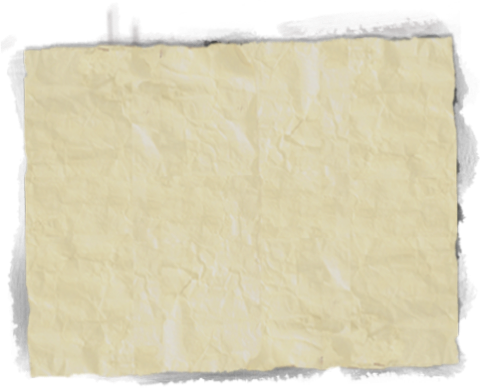

The demons of the past ought to be pacified. And who at no time has not experienced conflicted sentiments about her/his own complex family history? He who has not experienced suffering and bitterness from the nearest beloved persons, oversees often the meaning of paradox. Can meditation on past memories, be a way out towards inner peace? Or once demons, awaken call upon melancholy and sleeplessness ?
Since self-reflectivity is the predicament of our century, collecting, and ordering my invented archive was perhaps my window for day dreaming, if not, escapism from the routine of the present.
There are places that have peculiar energies, when time froze for nostalgia to vacillate.. and yet nostalgia is one more demon that requires to be scrapped… There are places that incite to imagining possible transfers with the other world, with the world of those who disappeared… There are houses that prompt intensive dreams, as if the floating spirits of the past are urging to narrate their tale. Yet their tale is not quite mine… The aesthetics of ruins have undeniably a long tradition in hypnotizing nostalgic and often melancholic souls. While for those rational instrumental souls, ruins can turn definitively into spaces of fear, dread and in the last instance, uselessness. Or simply unwanted morbidity.
Yet, if time has ceased to exist in such ruins, it surroundings witnessed transformations, easily labelled as modernization at a vertiginous pace.
This blog will remain for a while as an incomplete process of collecting a number of “things”. It is an attempt at inventing, if not, at re-ordering and interpreting an archive of documents, of account books, of family albums, photographs, and contemporary short videos of a former cotton estate, located in the village of Balamun, near the district town of Sinbilawin in the governorate of Mansura, in Dakahliya province.
The estate, called in Arabic`Izba was named after the late Mustafa Fuda, while it could still be located as such on google maps today. The house (originally called the saraya), became the typical ruin of reveries, while its surrounding is a living evidence that the millenary unchanging and contempt fellah, no longer exists and never existed but in colonial and upper classes imagination. The transmutations that occurred in this village during the three decades surpass any expectations. One wonders if one can still call it a village, more so a conglomerate of red brick constructions.
The word `Izba equally exists in Russian as it carries the meaning of a traditional Slavic countryside dwelling. The travelling of the word `Izba, can be a key to decipher the complex world of feudalism, true abolished today, but surviving still in the longue durée mind-set of Egyptians. This is what the history of mentalities solicits to. And who says feudalism in Egypt, says large cotton estates, sarayas (palaces), mud brick peasant huts, the tarahiil seasonal workers, intensive women and child labour and a highly hierarchical and exploitative system. It comes with it a clear “order of things” and a distinct material culture around the dawra al-ziraiyya. Yet these large cotton estates were the main suppliers to English manufacturers. We were all taught that cotton was one of the main motivations conducting to Egypt´s colonization and consequently integrating the country to the World capitalist system. This explains why these estates were not entirely feudal, because the regimented work on the land was often defined as an open air factory.
For the villagers born after the nineties, the era of cotton became a fable. They know little or nothing about its order and regimentation. And yet some labour relations, like daily workers and contractors bringing in workers, still remain.
To persist upon reflecting on the formerIzbat Mustafa Fuda is one way of continuing the work I started with my bookThe Cotton Plantation Remembered, The American University in Cairo Press 2013. https://www.amazon.com/Cotton-Plantation-Remembered-Egyptian-Family/dp/9774165713.
As I discovered the infinite wealth of the unexplored account books considered as negligible, thus often thrown away as is the case in most of the former estates of Egypt I have known, displaying these in public might revive an interest not only among historians and social scientists, but equally for amateurs and collectors.







